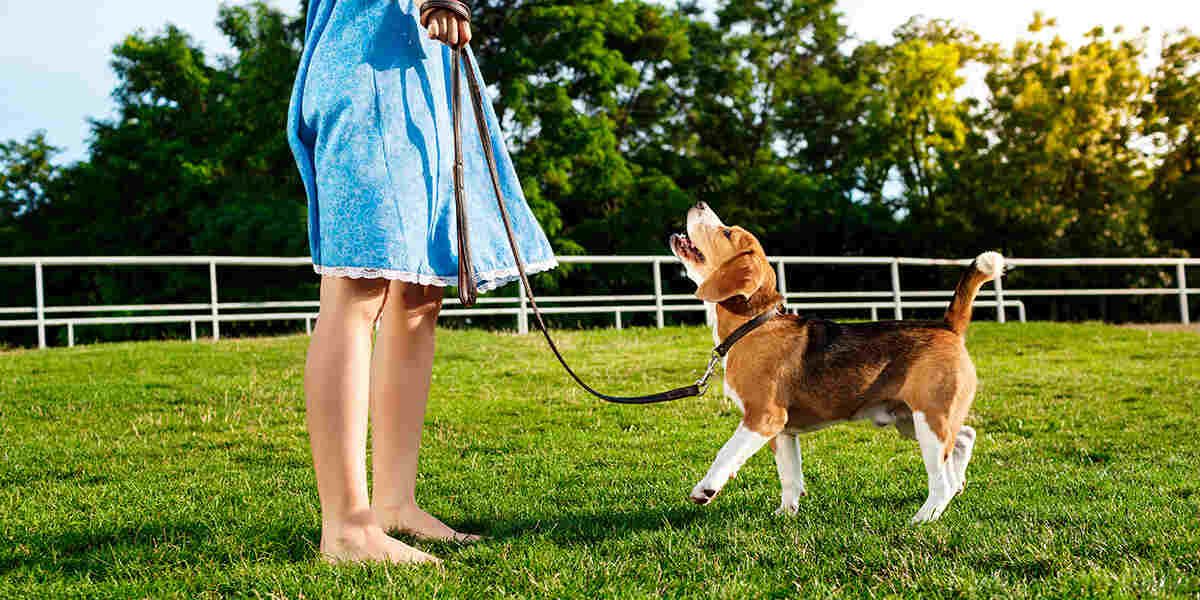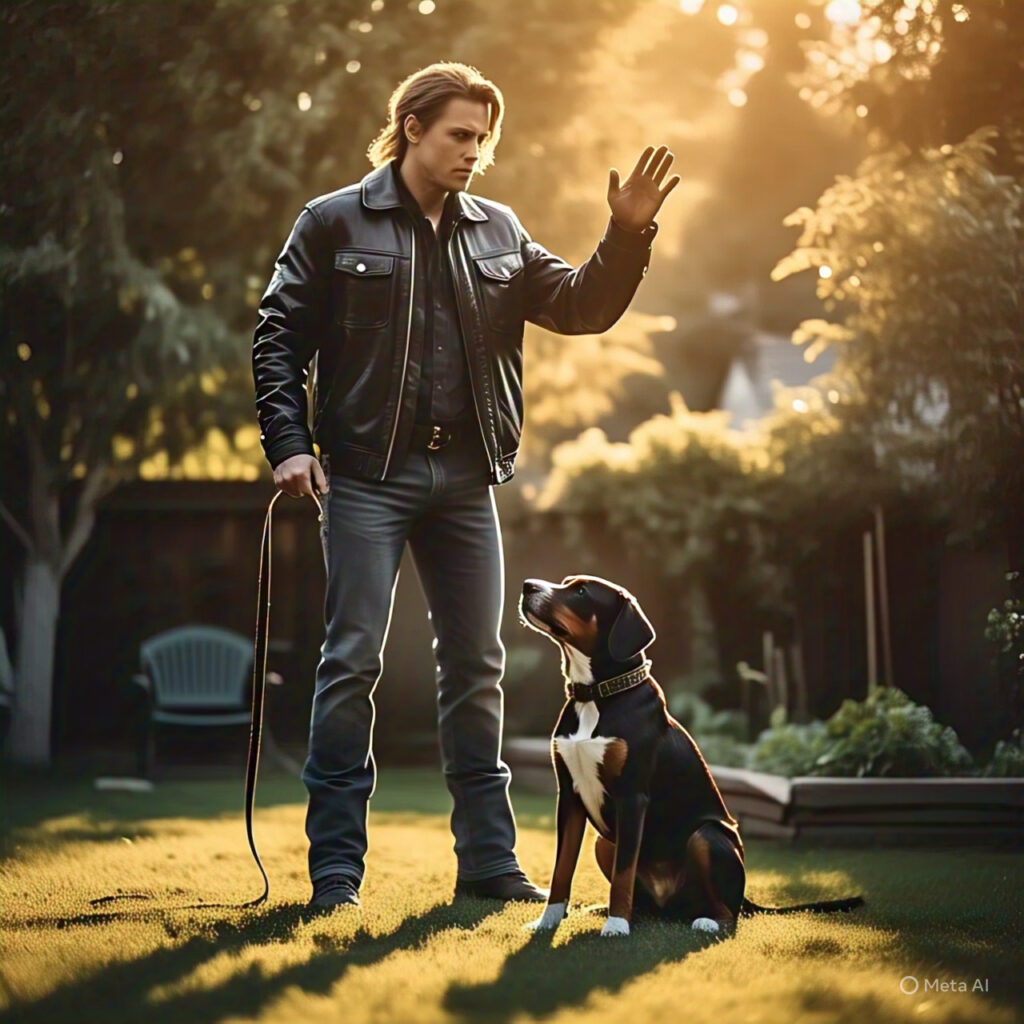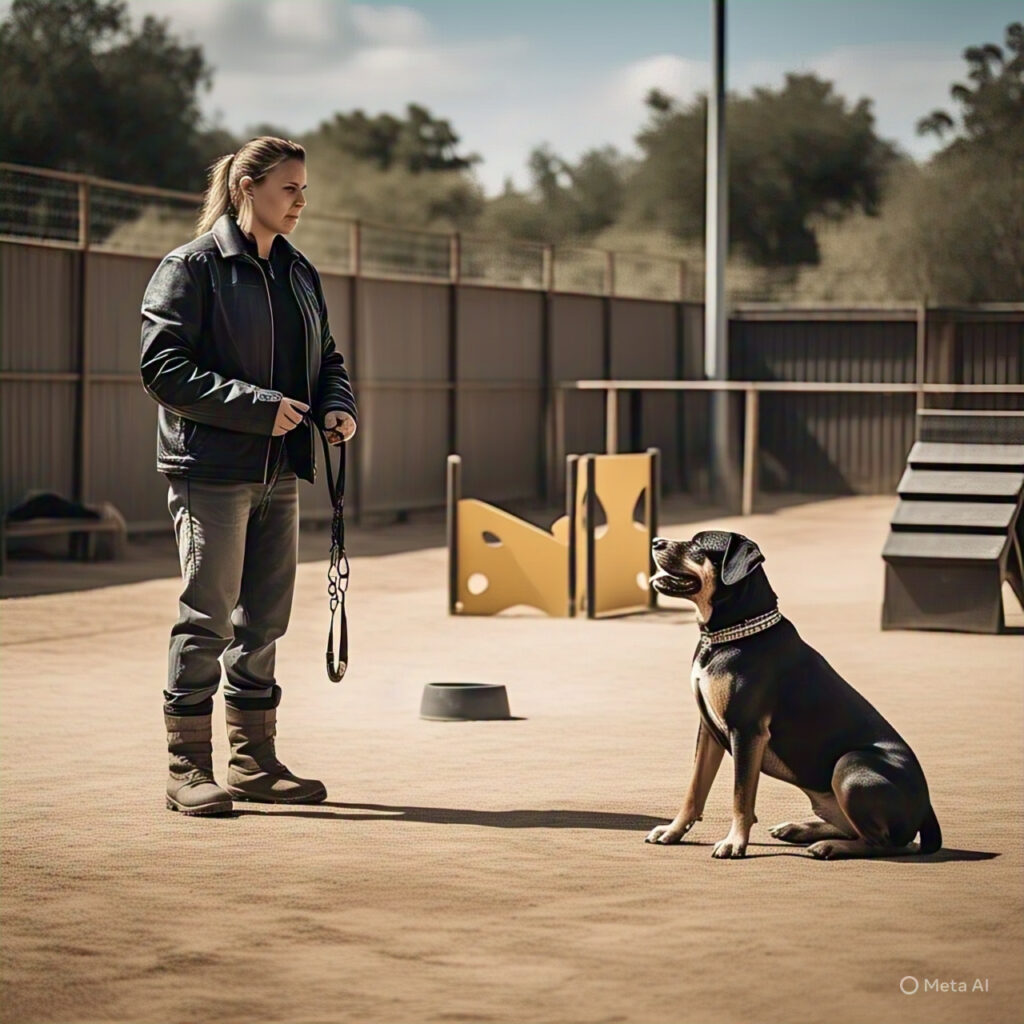
How to Assert Dominance Over a Dog?
How to Assert Dominance Over a Dog by Becoming a Pack Leader
Does your dog act overly aggressive around you? They instinctively want to become a pack leader and may exhibit alpha leadership over you. Learn how to assert dominance over a dog so you can establish clear boundaries with your pooch and teach them that you’re the alpha leader.
In this guide, you’ll receive helpful tips from the experts at The Dan Gentile Dog Training Center, the leading dog training center in New Jersey. Discover the signs of dominance in dogs and what you can do to teach your dog that you’re the leader.
Understanding Dog Dominance
Dogs may be man’s best friend, but they can quickly assume the role of pack leader if their owner doesn’t. Taking care of your dog goes beyond feeding and walking them; you must also recognize harmful behaviors and correct them with consistent training.
Your dog may exhibit behaviors that show their alpha leader mentality, including:
- Not following commands
- Showing hostility with eye contact or after being reprimanded
- Aggressive behavior toward children
- Guarding their food or toys
- Inappropriate mounting
Start a consistent training program to shift your dog’s thinking and show them that you’re the pack leader instead of them.
Tips for Asserting Dominance Over Your Dog
Ask various trainers how to assert dominance over a dog and they’ll likely give you the same set of steps. Use the tips below to show alpha leadership over your dog.
Practice Calm Assertiveness
Use assertive body language with your dog to show that you’re the leader but avoid shouting and using physical aggression. You want to remain calm yet assertive in order to prevent the dog from being fearful of you or continuing to see you as passive.
Use Positive Reinforcement
Dogs respond best to positive reinforcement rather than harsh punishments. When they show any signs of good behavior, reward them for it with treats, verbal praise, and friendly playtime. This enhances your bond with them and shows that they can trust you as a leader.
Enforce Clear Boundaries
When a dog believes they’re the alpha leader, it will often test you when you try to assert dominance. Letting your guard down won’t teach the dog any different, so it’s essential to stick to your boundaries. If your dog has a lot of new behaviors to learn, focus on small goals first and gradually increase your training.
Stimulate Your Dog
Many dogs exhibit bad, dominant behavior out of boredom. Make sure you give your dog plenty of exercise throughout the day with walks and playtime, as well as letting them use puzzle-based toys when you’re not around.

Common Handler Mistakes That Undermine Leadership
At Gan Gentile Dog Training, we recognize that establishing effective leadership is crucial in understanding how to show dominance to a dog. However, certain handler behaviors can inadvertently undermine this goal:
- Inconsistent Rules: Allowing behaviors like jumping on guests one day and scolding the next confuses your dog, weakening your leadership position.
- Emotional Responses: Reacting with frustration or anger can erode trust. Maintaining calm and assertive behavior is essential.
- Lack of Boundaries: Failing to set clear boundaries can lead to your dog assuming a leadership role, which may result in behavioral issues.
You reinforce your role as a consistent and confident leader in your dog’s eyes by avoiding these common mistakes
Interpreting Growling: Not Always a Sign of Anger
Understanding canine communication is vital when learning how to show dominance to a dog. Growling is often misunderstood as mere aggression, but it serves as a warning signal indicating discomfort or stress. Punishing a dog for growling can suppress this warning, potentially leading to unexpected bites without prior signals. Instead, observe the context of the growl and address the underlying cause, whether it’s fear, pain, or territorial behavior. This approach fosters trust and effective communication between you and your dog.
Structured Control: Guiding Your Dog’s Daily Activities
Implementing structured control over your dog’s daily activities is a practical method in demonstrating how to show dominance to a dog. This doesn’t imply authoritarian control but rather providing consistent guidance and boundaries:
- Scheduled Feeding: Feeding your dog at set times reinforces routine and your role as the provider.
- Controlled Playtime: Initiating and ending play sessions on your terms teaches your dog to look to you for cues.
- Managed Social Interactions: Guiding your dog’s interactions with others ensures they understand acceptable behaviors.
Through these practices, you establish a leadership role that your dog respects and trusts.

Addressing Food Bowl Aggression with Positive Reinforcement
Food bowl aggression, or resource guarding, is a common issue that can be addressed by understanding how to show dominance to a dog through positive reinforcement:
- Avoid Confrontation: Do not forcibly remove food or punish your dog during meals, as this can escalate aggression.
- Desensitization Techniques: Gradually acclimate your dog to your presence during feeding times by standing at a distance and slowly decreasing it over time, always ensuring your dog remains comfortable.
- Positive Associations: Introduce high-value treats near the food bowl to create positive associations with your presence during meals.
You can effectively manage food aggression, reinforcing your leadership role through trust and positive experiences by employing these strategies.
Enroll Your Dog in Professional Training Sessions
If you’re a new dog owner or struggling to train a pooch on your own, contact The Dan Gentile Dog Training Center. Our dedicated training team works with you and your dog to teach them important behavioral skills. Learn how to assert dominance over a dog, address impulse control, teach basic obedience, and more.
For personalized guidance on establishing effective leadership and addressing behavioral issues, visit Gan Gentile Dog Training.
To sign up for a training session, contact us today at (732) 938-5040 or follow us on Facebook